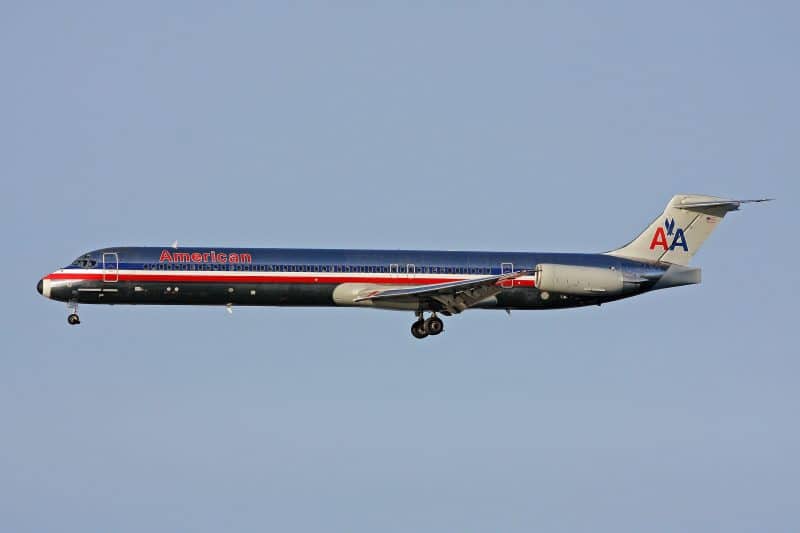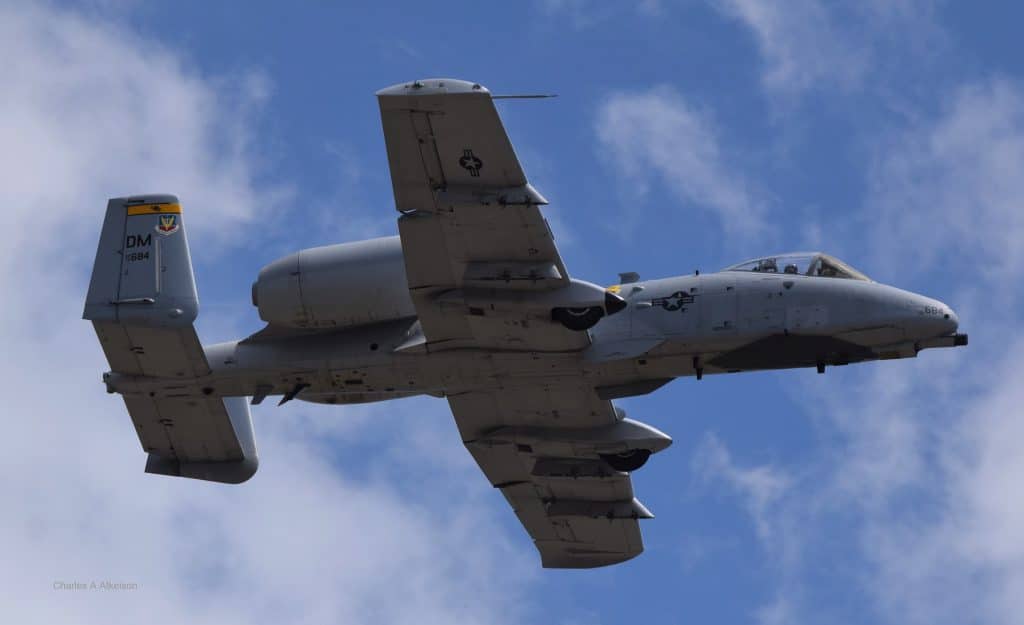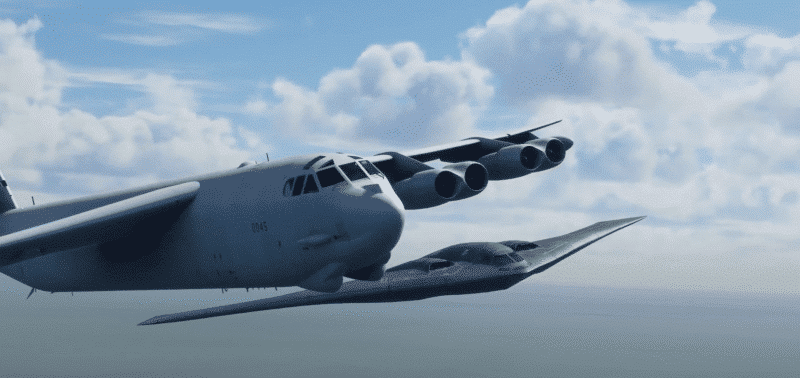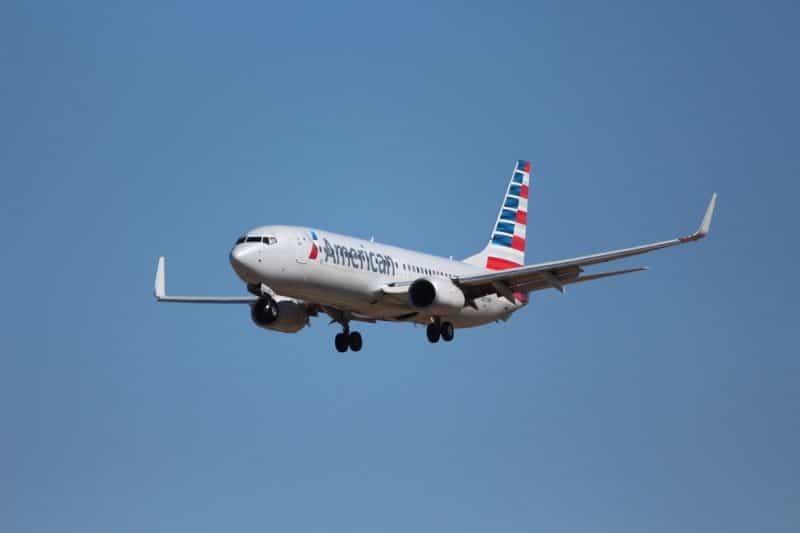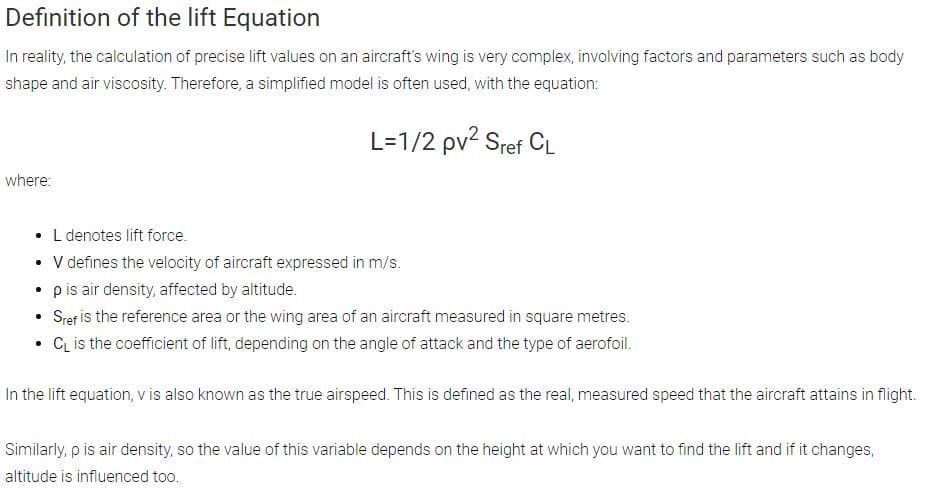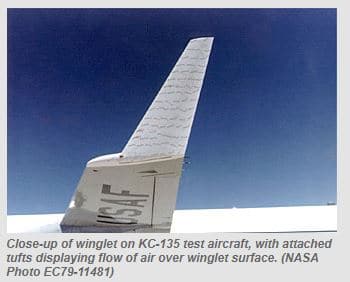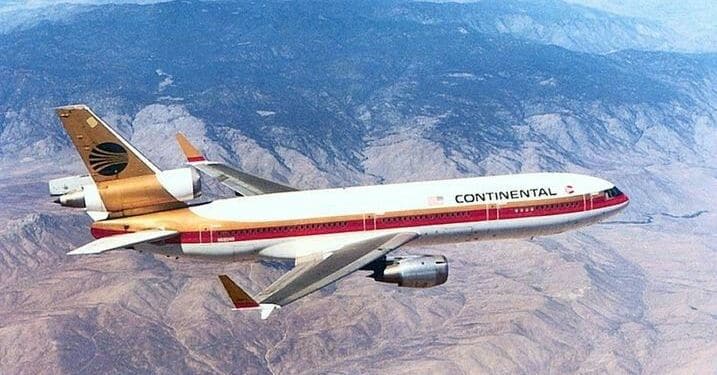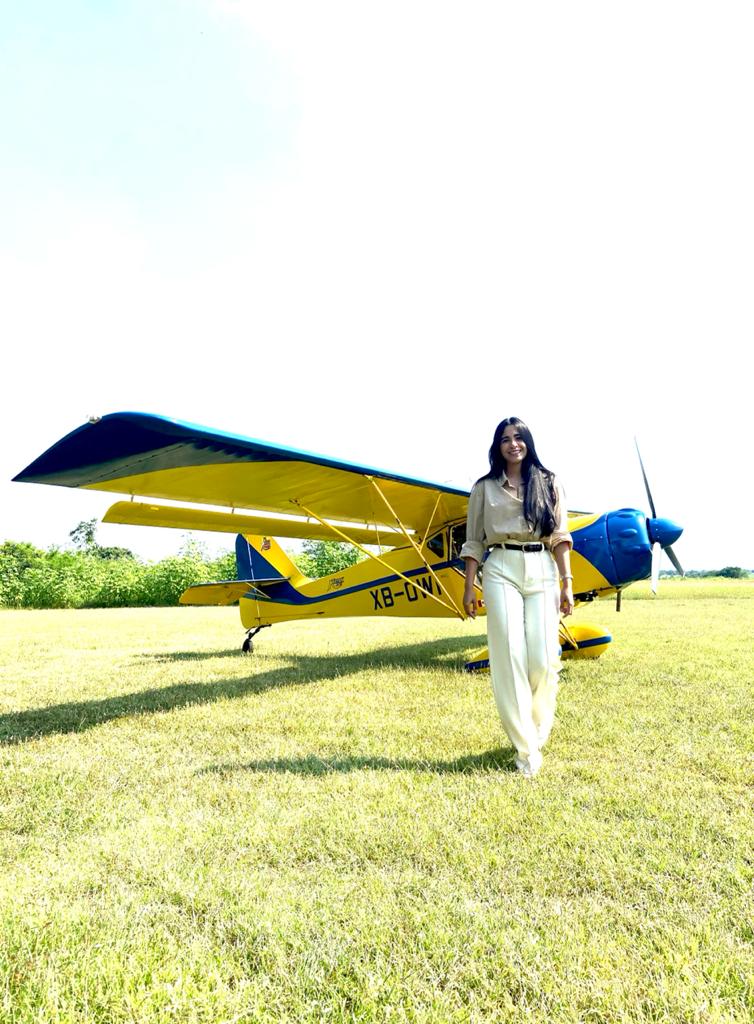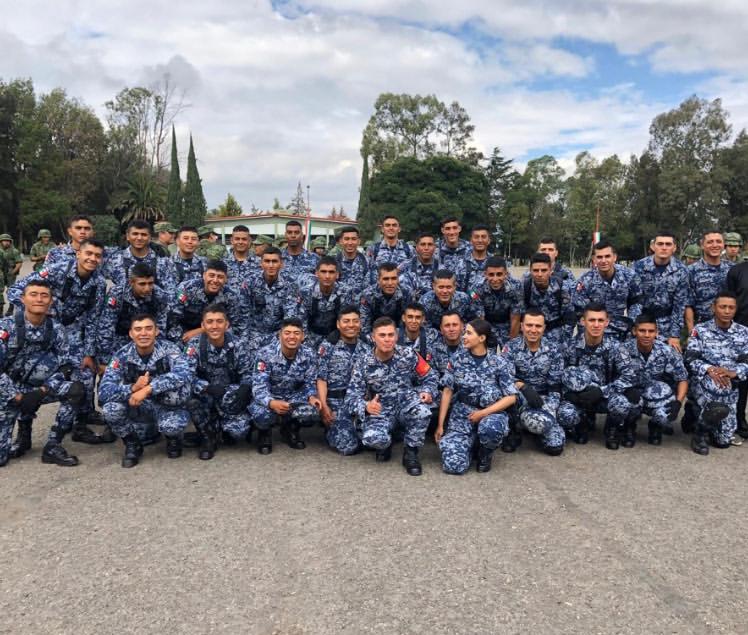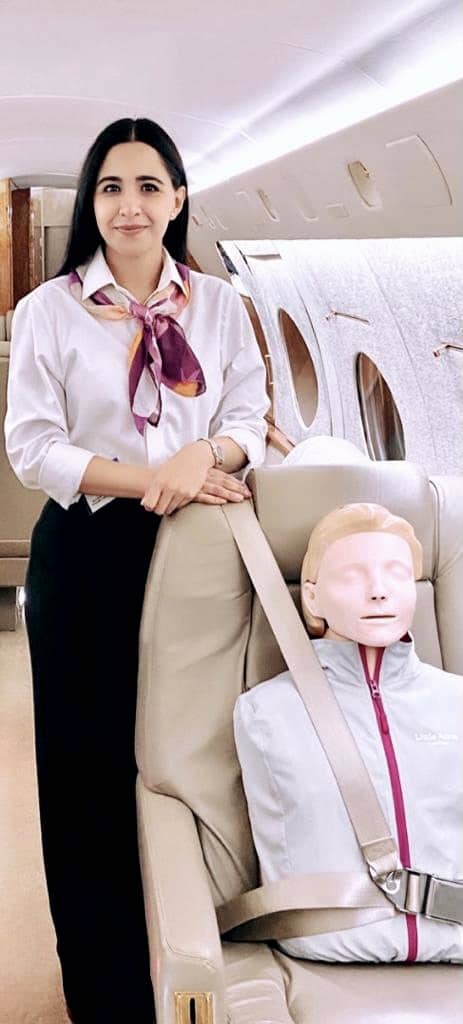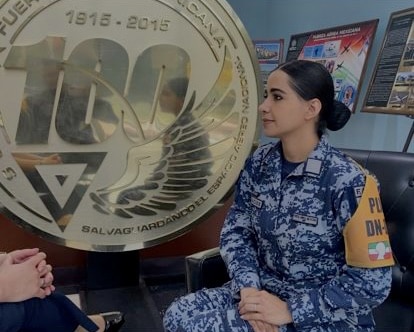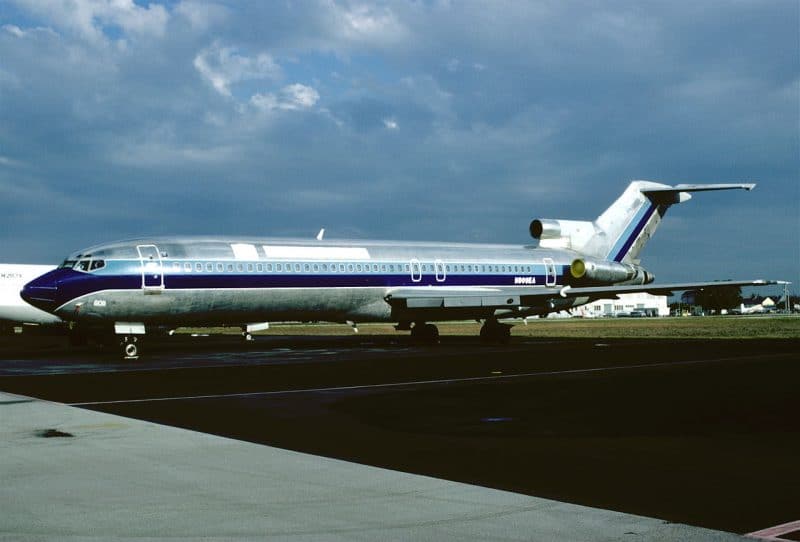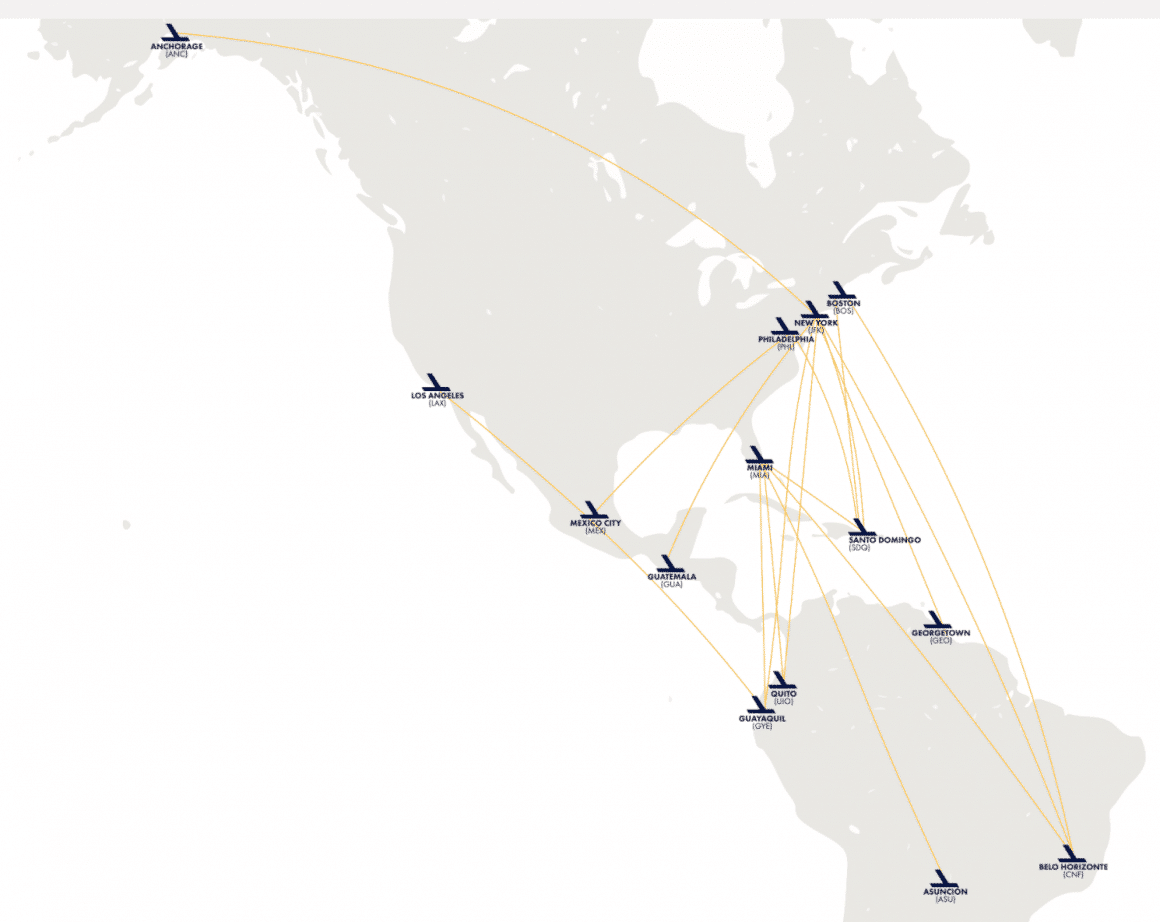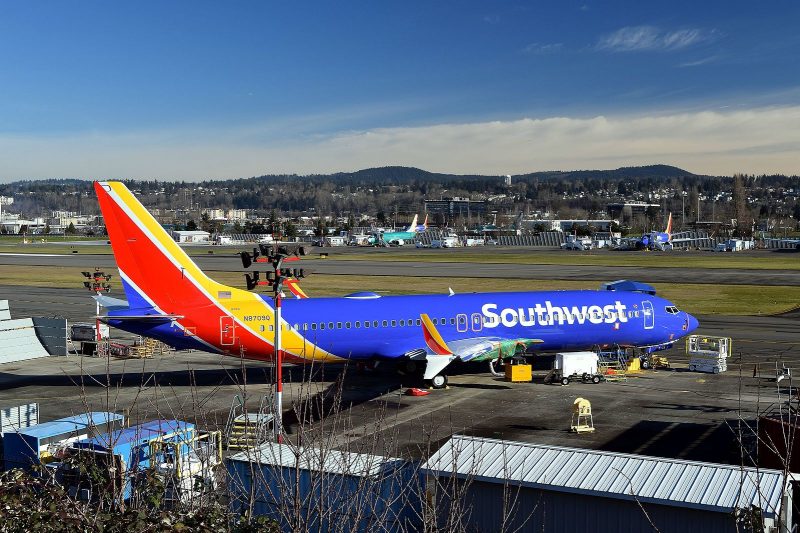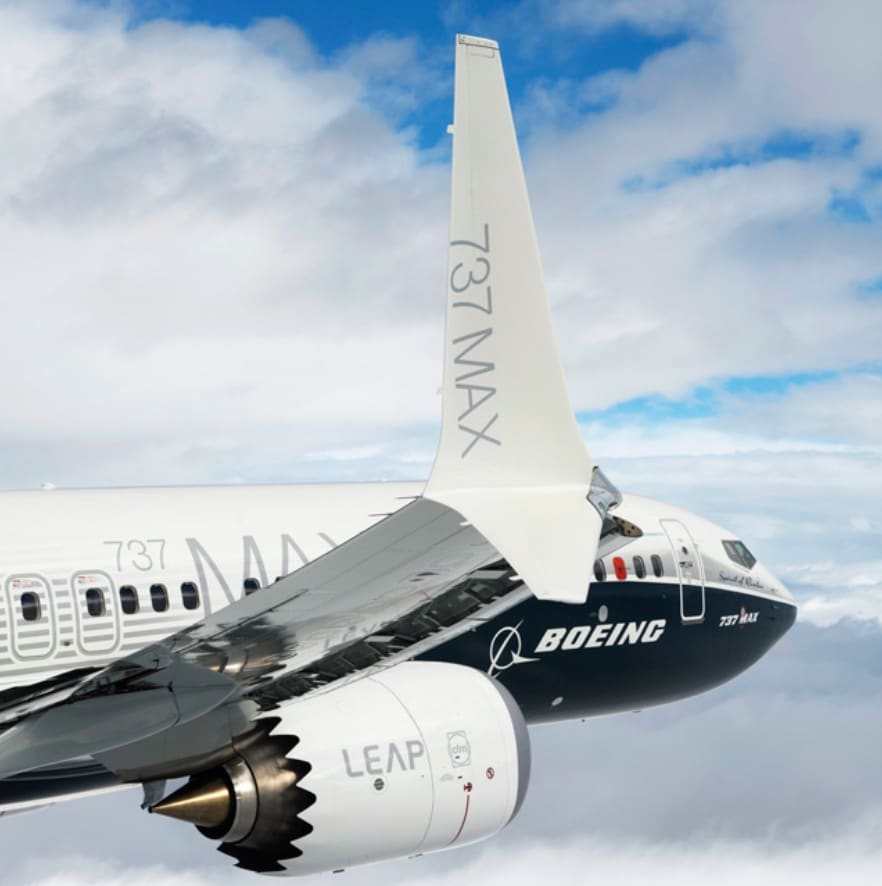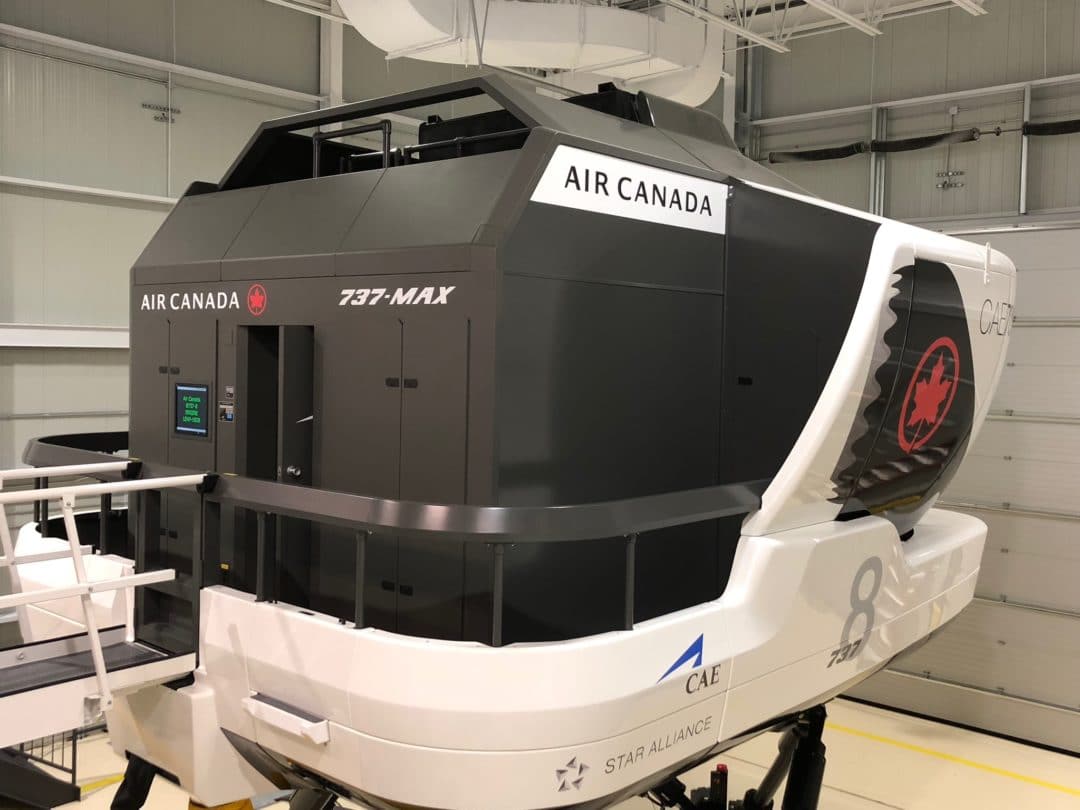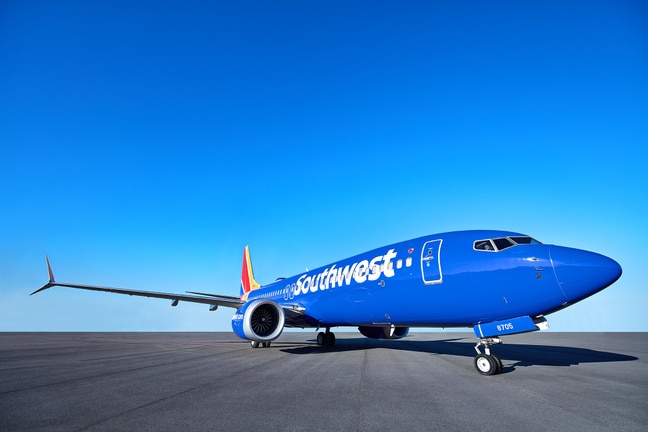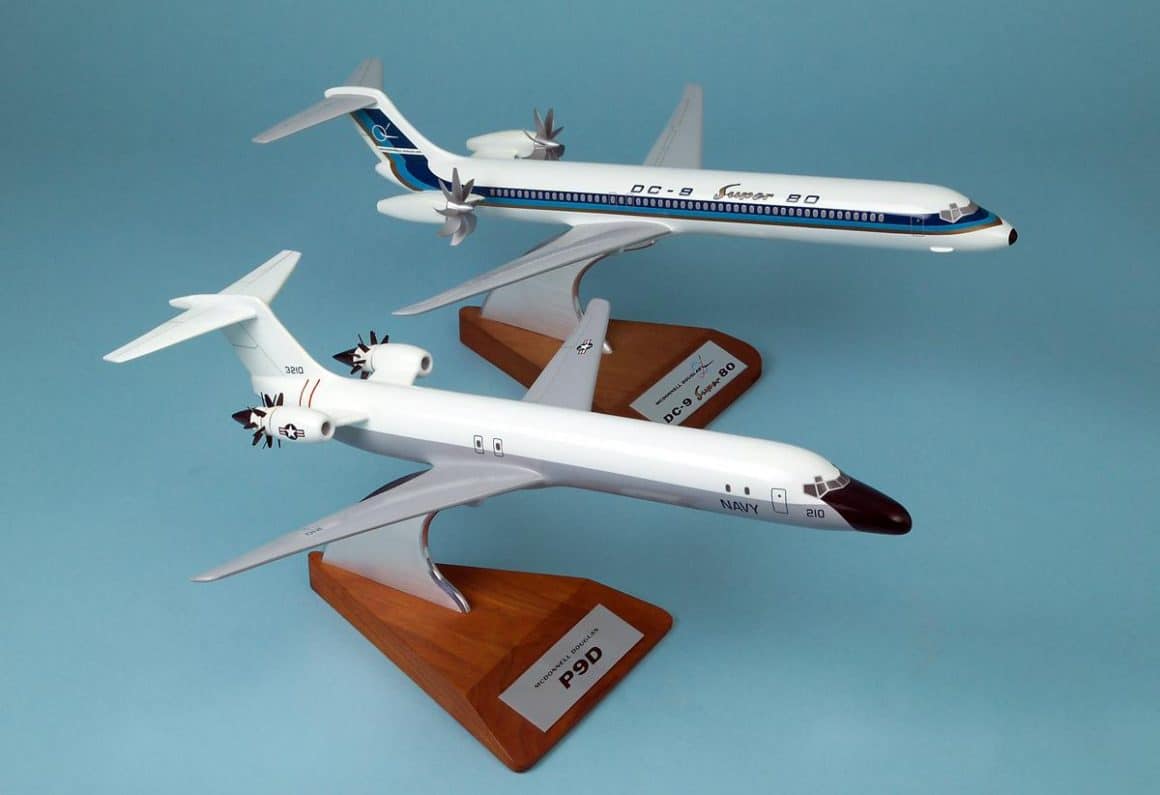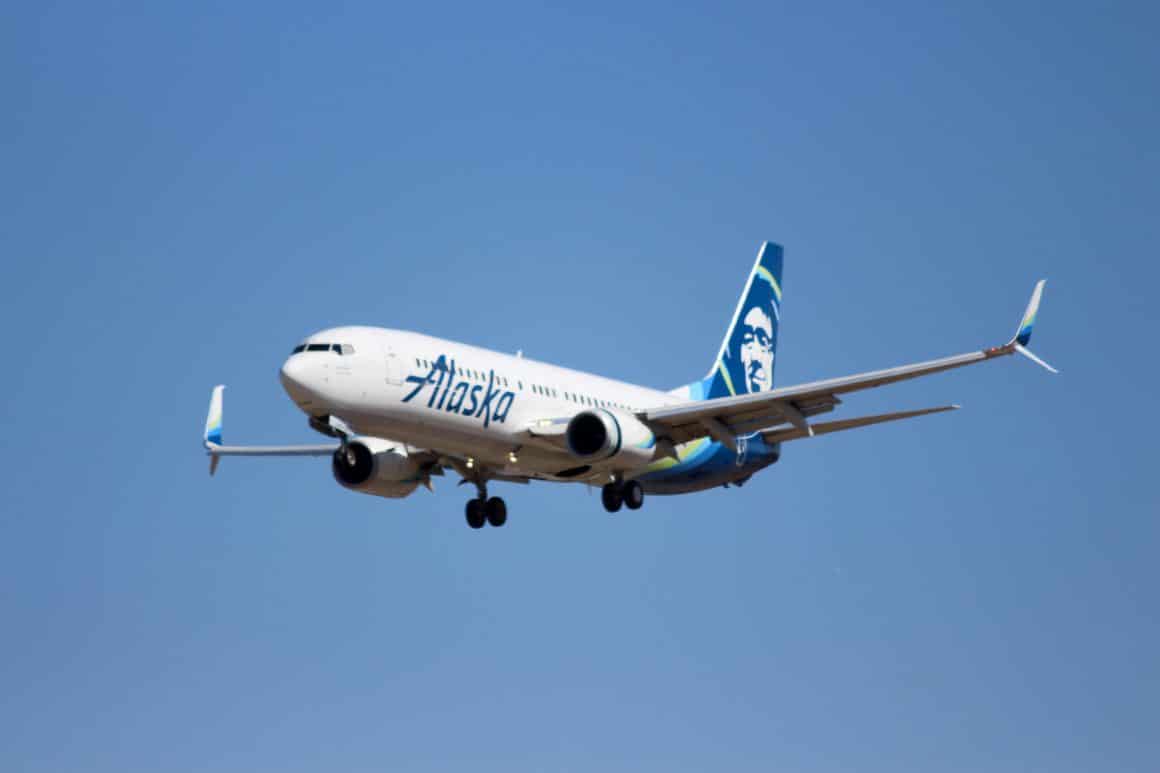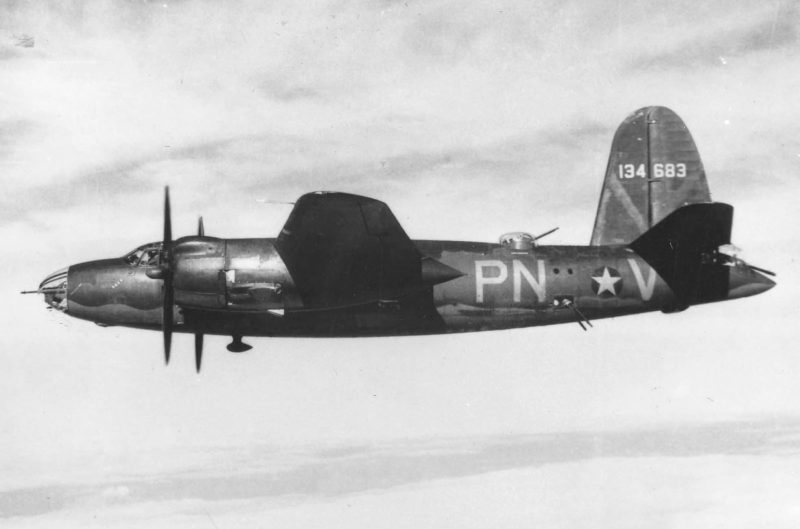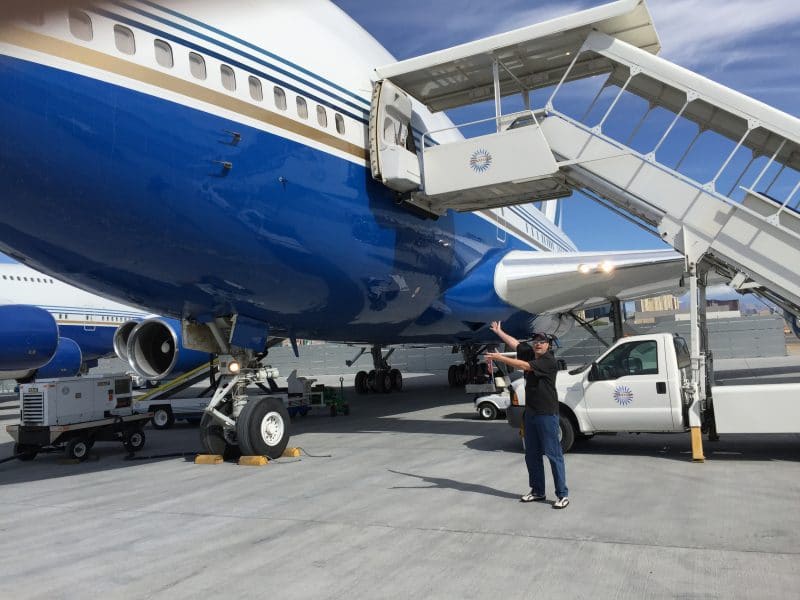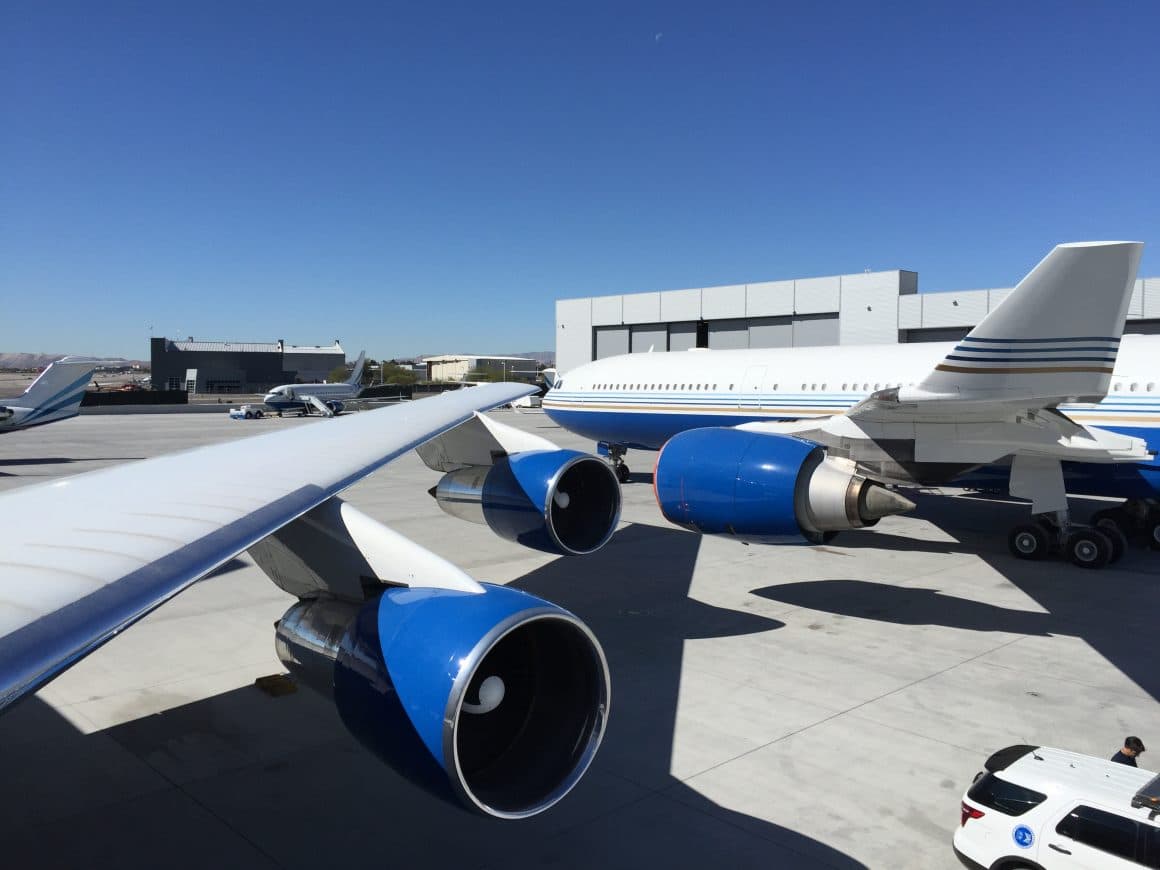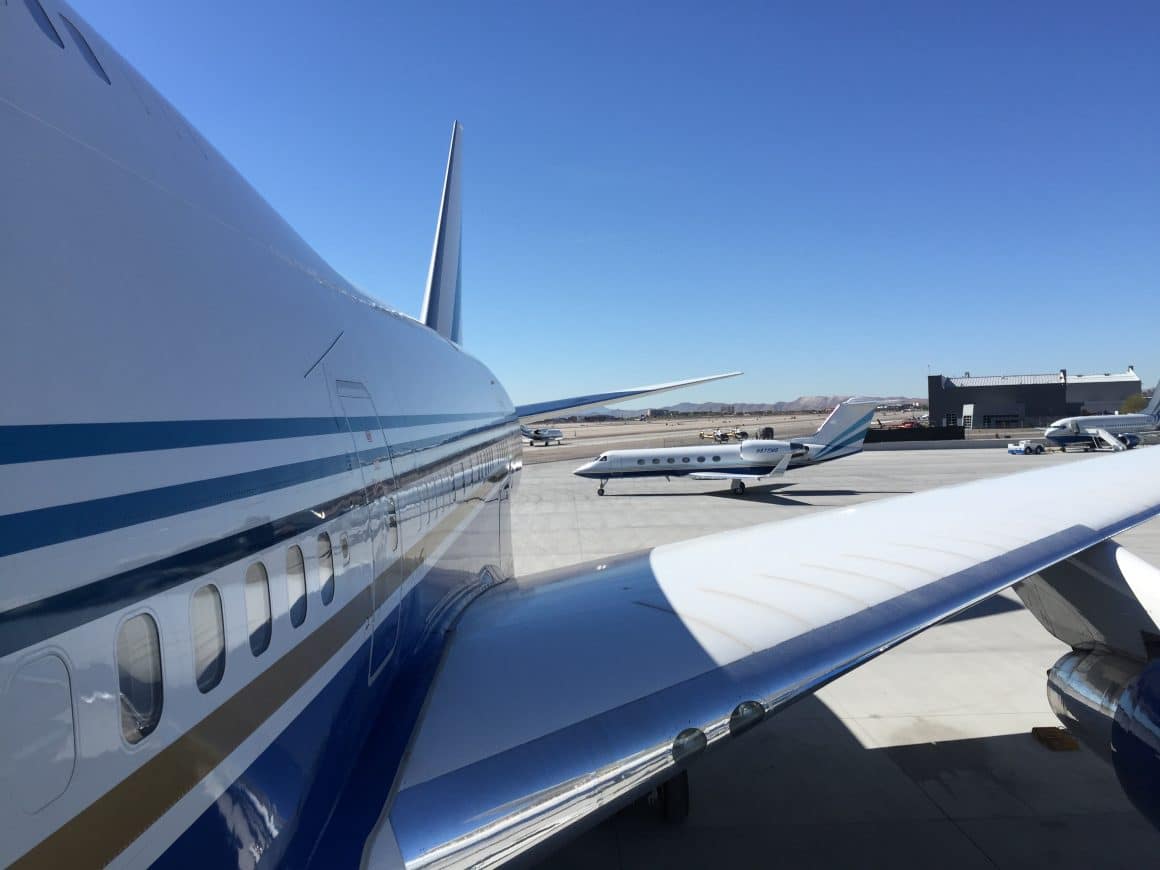American Airlines Flight 1572 could have ended in disaster
Can you imagine wondering if the next minute of your life is your last? Well, 73 passengers and the 5-person flight crew of American Airlines Flight 1572 got to ask themselves that very question the night of November 12, 1995 during one of the most miraculous airline crashes in aviation history.
Flight 1572 was a regularly scheduled redeye flying out of Chicago O’Hare International Airport for Bradley International Airport, located just outside of Hartford, Connecticut. The aircraft in use was a McDonnell Douglas MD-83, narrow-body twin engine jet with over 27,000 hours of flight time under its belt. It was crewed by two pilots, a captain and first officer, and three flight attendants, all of which were seasoned professionals.
Flight 1572 Departed Late Into Challenging Weather
Flight 1572 departed late out of O’Hare at 11:05pm for a relatively short and hopefully uneventful flight to Bradley. However, the weather at Bradley was less than stellar. The field was being pounded by heavy thunderstorms and rocked by gusty winds. Wind shear warnings were in effect and the pressure altitude was changing rapidly.
Enroute, the pilots received an Aircraft Communication and Reporting System (ACARS) weather brief stating the weather at Bradley was quickly deteriorating and the pressure was dropping fast. The ACARS brief also included a barometric pressure setting of 29.40 inches of mercury. This information was important as it would help the pilots make decisions regarding continuing on to Bradley or diverting. Usually, when an updated altimeter setting is received, the pilots update the aircraft altimeter with such. But in this case, for unknown reason, instead of entering the advised pressure setting, the first officer entered an erroneous 29.47 setting into the altimeter.
A Primer On The Importance Of Barometric Pressure
Now…there is nothing sexy about barometric pressure. But, ensuring the aircraft altimeter is set with a current and correct barometric pressure altimeter setting is unbelievably important in aviation. Barometric pressure, or otherwise known as atmospheric pressure, is defined as the pressure of the atmosphere at any point on the earth. It will raise or lower as the outside air temperature changes or when an aircraft makes a significant change in altitude. Barometric pressure is measured in inches of mercury (Hg) and is usually given for a prescribed area. In the aviation world, changes in the barometric pressure affect what altitude is displayed on an aircraft altimeter and is set by the pilots as a deviation from the standard pressure of 29.92 inches Hg. It is important to set the current barometric pressure altimeter setting for an area when flying. Because, if not, the aircraft will in reality be closer to the ground than the altimeter indicates.
Flight 1572 continued on with the pilots prepping for the enroute descent and non-precision localizer approach to runway 15 at Bradley. Enroute descent checks were completed, passengers were directed to take their seats and buckle up, and the flight attendants were directed to prepare the cabin for landing. The weather at Bradley was still terrible, but it was above approach minimums and good enough to continue on to land so the captain reduced power, gently lowered the nose of the aircraft, and commenced the fateful approach to runway 15 at Bradley.
Flight 1572’s approach was more complex than typical but well-within an airline pilot’s capabilities
So…you may be asking, “What is a non-precision approach?” and “How does that play into this story?”
A non-precision instrument approach is designed to allow an aircraft to descend in a controlled fashion from an enroute altitude to a Minimum Descent Altitude (MDA) above known obstacles on axis with the runway so the pilots can hopefully see the runway environment prior to the Visual Descent Point (VDP) which is usually located about one mile from the runway threshold. If the pilots are visual with the runway prior to the VDP, they can descend below the MDA and continue the approach to land. If they aren’t visual with the runway by the VDP then they should execute a missed approach. Non-precision approaches are called just that, as the pilots only have lateral guidance vice lateral and vertical guidance until touchdown. Because, vertical guidance is not provided, the pilots must fly a flat approach until the VDP. At this point the runway is hopefully in sight so they can continue on and descend on a normal 3-degree final approach glide path to touchdown.
These approaches are usually flown with more “hands on” (manual) control rather than auto-pilot or auto-land control and require full attention to maintain aircraft altitude above the MDA. One of the golden rules in aviation is “descent below the MDA is not allowed unless the runway environment is in sight”. Why? Because, it’s unsafe. MDAs are designed to keep an aircraft safely above known obstacles such as terrain, trees, power lines, and towers on final approach so it is imperative pilots fly the aircraft to always stay above the MDA until visual the runway and in a safe position to land.
About five miles from the airport, Flight 1572 encountered heavy rain and turbulence and the captain reported having trouble maintaining altitude and heading with the autopilot engaged. The pilots had also just received communications from the airport tower that it was temporarily closing due to a structural malfunction but would leave one person behind in the tower to monitor communications and the flight during its approach.

Flight 1572 continued its approach and while the pilots peered through the heavy rain for the airport the aircraft inadvertently descended below the MDA and continued on that vector. According to the data captured on the flight recorder, the first officer attempted to inform the captain on several occasions the aircraft was descending below the MDA, and for some reason his altitude callouts weren’t heard, processed, or understood.
Rapidly falling pressure meant aircraft was lower than the altimeter showed
Additionally, the barometric pressure at Bradley had dropped significantly. The tower never passed on any updates and the pilots didn’t ask for any either. Remember, how the first officer set 29.47 before beginning the descent into Bradley? Well, that mistake was seconds from coming full circle as the altimeter had decreased to 29.35 and was falling fast. All indications to the pilots were the aircraft was 120 feet higher than it really was!
At approximately 12:55am, six minutes after beginning its final approach, the aircraft sink alarm blared, warning the pilots of an unsafe descent profile. Seconds later a loud thud was felt and heard as the aircraft impacted a 270-foot swath of tall pine trees along the Peak Mountain Ridge and sheared off the top thirteen feet of tree tops.

“Go, Go Around!”
The captain immediately fire-walled the throttles, but the effect was minimal as tree branches and debris had been ingested into both engines causing them to flame out and fail seconds later. In a last-ditch effort not in accordance with any prescribed procedure, the captain selected 40-degree flaps in attempt to increase lift and gain some altitude. This unorthodox action provided some relief and bought Flight 1572 the few extra seconds needed to fly a bit further so it could crash on the runway rather than in a dense forest of trees just short of the approach end.
However, the heart stopping roller coaster wasn’t over. Both wings were mangled, a gear door had been ripped from beneath one of the wings, and the engines were spewing flames rearward. Just prior to reaching the runway, the aircraft was out of energy and falling like a rock. The pilots were unable to make any fight path corrections leaving the aircraft with only one way to go – straight through the lone tree just shy of the runway and then on further to crash into the runway 33 Instrument Landing System antenna equipment located at the approach end of runway 15. Flight 1572 finally rolled to a stop a short distance down the runway.
The MD-80 Hit Trees But Everyone Survived
Miraculously, all aboard Flight 1572 survived. One passenger sustained a minor injury, while all other 72 passengers and the five crewmembers egressed without harm. The aircraft sustained $9-million in damage and unbelievably was repairable and returned to service a few years later. The National Transportation Safety Board cited the pilot’s failure to level off prior to the MDA as the primary cause for the crash while also faulting the FAA for designing an approach to runway 15 at Bradley that did not take into consideration the terrain on final approach. In the end, a horrific snow-ball scenario that should have culminated in utter disaster, instead was deemed an absolute miracle.

